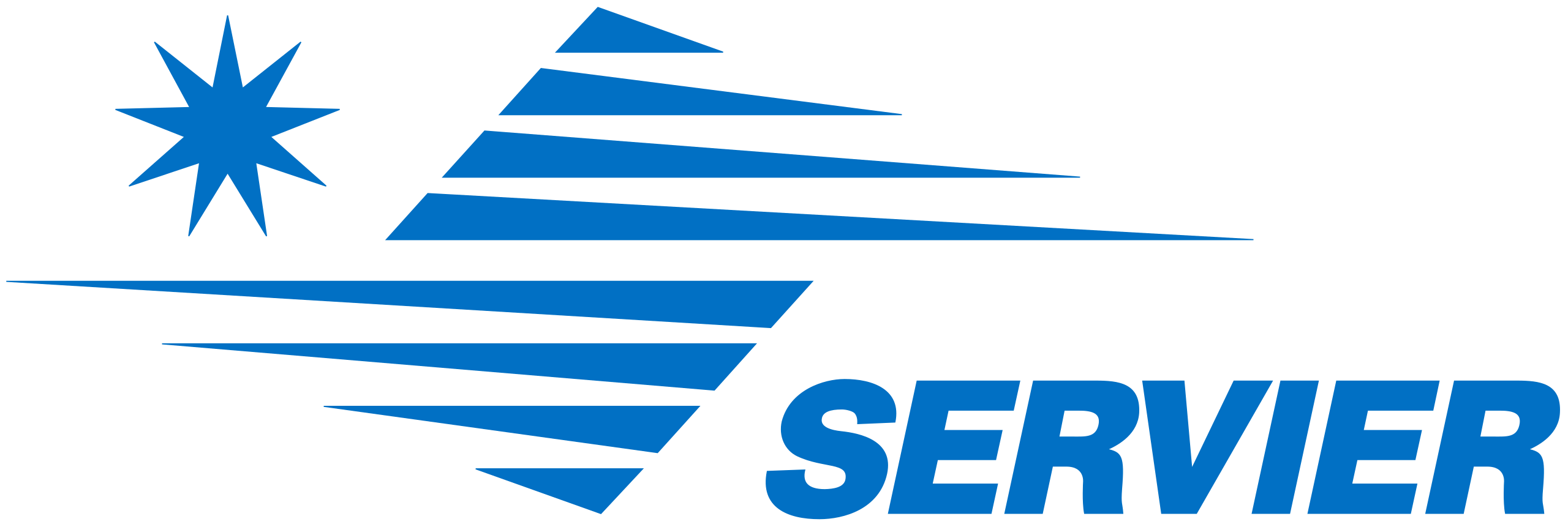Go back to trials list
A Phase I and Expansion Cohort Study of Selinexor and Venetoclax in Combination With Chemotherapy in Pediatric and Young Adult Patients With Refractory or Relapsed Acute Myeloid Leukemia
Description
The purpose of this study is to test the safety and determine the best dose of venetoclax and selinexor when given with chemotherapy drugs in treating pediatric and young adult patients with acute myeloid leukemia (AML) or acute leukemia of ambiguous lineage (ALAL) that has come back (relapsed) or did not respond to treatment (refractory). Primary Objective * To determine the safety and tolerability of selinexor and venetoclax in combination with chemotherapy in pediatric patients with relapsed or refractory AML or ALAL. Secondary Objectives * Describe the rates of complete remission (CR) and complete remission with incomplete count recovery (CRi) for patients treated with selinexor and venetoclax in combination with chemotherapy at the recommended phase 2 dose (RP2D). * Describe the overall survival of patients treated at the RP2D. Exploratory Objectives * Explore associations between leukemia cell genomics, BCL2 family member protein quantification, BH3 profiling, and response
Trial Eligibility
Inclusion Criteria: * Participants must have a diagnosis of AML or ALAL and meet the criteria below: * Refractory leukemia, defined as persistent leukemia after at least two courses of induction chemotherapy, OR * Early relapsed leukemia, defined as the re-appearance of leukemia after the achievement of remission and within one year of diagnosis, OR * Relapsed leukemia that is refractory to at least one course of salvage therapy (i.e., therapy given after the relapse has occurred), OR * Relapsed leukemia following HCT, OR * Second or greater relapse * Patients with late first relapses, defined as the re-appearance of leukemia after the achievement of remission and greater than one year of diagnosis, may be enrolled in the dose expansion portion of the study after safety data from the dose escalation portion is available. Patients must have ≥ 5% blasts in the bone marrow as assessed by morphology or flow cytometry. However, if flow cytometry cannot be performed or if an adequate bone marrow sample cannot be obtained (e.g., in a patient with acute megakaryoblastic leukemia with marrow fibrosis), patients may be enrolled if there is unequivocal evidence of leukemia with ≥ 5% blasts in the blood. In addition, patients in all categories must not be eligible to undergo curative therapy, such as immediate HCT, because of disease burden, time to identify a stem cell donor, or other reasons. * Adequate organ function defined as the following: * Direct bilirubin ≤ 1.5 x institutional upper limit of normal (ULN) * Normal creatinine for age or a calculated creatinine clearance ≥ 30 mL/min/1.73m\^2 * Left ventricular ejection fraction ≥ 40% or shortening fraction ≥ 25% * Patients must be ≥ 2 years of age and ≤ 30 years old. The upper age limit may be defined by each institution but may not exceed 30 years. Patients treated at St. Jude Children's Research Hospital must be ≤ 24 years old. * Performance status: Lansky ≥ 50 for patients who are ≤ 16 years old and Karnofsky ≥ 50% for patients who are \> 16 years old. * At least 14 days must have elapsed since the completion of myelosuppressive therapy or hypomethylating agents and the first doses of venetoclax and selinexor. * At least 24 hours must have elapsed since the completion of low-dose or non- myelosuppressive therapy, such as hydroxyurea, low-dose cytarabine (up to 100 mg/m\^2/day), FLT3 inhibitor, or leukapheresis, and the first doses of venetoclax and selinexor. * For patients who have received prior HCT, there can be no evidence of GVHD and greater than 60 days must have elapsed since the HCT. * At least 14 days must have elapsed since the completion of any calcineurin inhibitors (e.g. tacrolimus, cyclosporine). * Patients may not receive strong or moderate CYP3A inducers, such as rifampin, within 3 days of the first dose of venetoclax or during the administration of venetoclax. During the dose-escalation portion of the trial, we discourage the use of strong CYP3A inhibitors (e.g., ketoconazole, itraconazole, voriconazole, posaconazole) within 3 days of the first dose of venetoclax or during the administration of venetoclax. However, if an azole is required for the treatment or prevention of fungal infection during any phase of the trial, venetoclax dosing will be reduced to 60 mg/m\^2 (100 mg max) in patients who require treatment with voriconazole and reduced to 40 mg/m\^2 (70 mg max) in patients who require posaconazole. Exclusion Criteria: * Must not be pregnant or breastfeeding. Male or female of reproductive potential must agree to use effective contraception for the duration of study participation. * Patients with Down syndrome, acute promyelocytic leukemia, juvenile myelomonocytic leukemia, or bone marrow failure syndromes are not eligible. * Uncontrolled infection. Patients with infections that are controlled on concurrent anti-microbial agents are eligible. * Impairment of GI function or GI disease that, in the opinion of the treating physician, may significantly alter the absorption of venetoclax or selinexor. * History of cerebellar toxicity or cerebellar neurological findings on exam. * Previous toxicity or hypersensitivity directly attributed to venetoclax.
Study Info
Organization
St. Jude Children's Research Hospital
Primary Outcome
The recommended phase 2 dose (RP2D) of venetoclax plus selinexor plus chemotherapy.
Interventions
Locations Recruiting
Rady Children's Hospital-San Diego
United States, California, San Diego
Children's Hospital Colorado
United States, Colorado, Aurora
Dana-Farber Cancer Institute
United States, Massachusetts, Boston
Memorial Sloan-Kettering Cancer Center
United States, New York, New York
University of North Carolina at Chapel Hill
United States, North Carolina, Chapel Hill
Interested in joining this trial?
Our dedicated patient navigators are here to support you by reviewing the eligibility criteria to see if you might qualify for this trial.
Get the Latest Acute Myeloid Leukemia Updates, Delivered to You.
By subscribing to the Healthtree newsletter, you'll receive the latest research, treatment updates, and expert insights to help you navigate your health.
Thanks to our HealthTree Community for Acute Myeloid Leukemia Sponsors:




